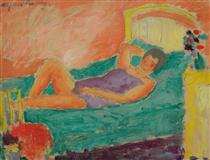
1864 - 1941
Alexej Jawlensky
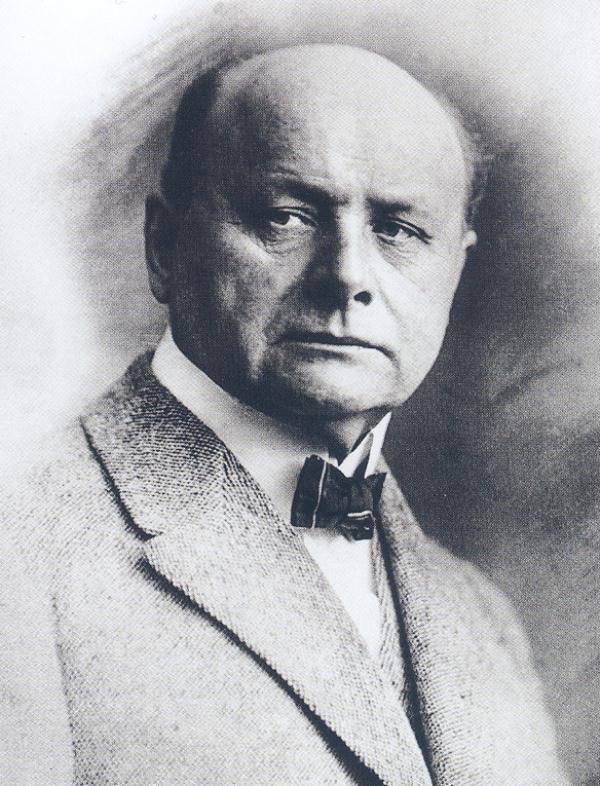
description
A Russian painter, who worked in Germany and Switzerland.
Alexej was the fifth of eight children born into the family of a colonel in the Russian army. In the 1980s, he served as an officer in the imperial army. At the same time, he was a student of Ilya Repin, working in his workshop at the St. Petersburg Academy of Arts.
He was a founding member of the association of Munich Expressionist artists “New Art Society” (Neue Künster Vereinigung), the group “Blue Horseman” (“Der Blaue Reiter”); starting in 1925, he was a member of the Blue Four (“Die Blauen Vier”) – an association that actively collaborated with German and American art galleries and art dealers.
Key ideas:
– As the most consistent of the Russian-German Expressionist artists, Alexej Jawlensky developed and embodied the ideas of coloristic Symbolism, achieving expressiveness in color-based decisions and a deep emotionality in the structure of his paintings. He preserved this style into the later period, when the artist introduced the methods and techniques of Abstract art into his works.
– The artist explained his pre-war work: “I painted landscapes and large figures in strong, bright colors, not at all naturalistic, not objective. I used a large amount of red, blue, orange, cadmium yellow, green. Forms were very much outlined – they came with tremendous force from inner ecstasy.”
– After a period of fascination with landscape painting, Jawlensky returned to experiments with the human form, conceiving and achieving, perhaps, his most famous series of paintings with the general name “Mystical (Abstract) Heads”, as well as his “Faces of the Savior” series (1918-1920), which, according to art historians, are very reminiscent of traditional Russian Orthodox icons, familiar to the author from his childhood.
– The artist himself said: “Every artist works within the framework of tradition. I am native to Russia. My Russian soul has always been close to Russian icons, to Byzantine art, to mosaics in Ravenna and Venice, to Romanesque art. All these works produce a religious vibration in my soul, because I sense a deep spiritual language in them.”
1864
1882
1896 - 1897
1902 - 1908
1909 - 1911
1911 - 1913
1914 - 1921
1924
1937 - 1938
1941
The birth of the artist
Attended the All-Russian Industrial Art Exhibition
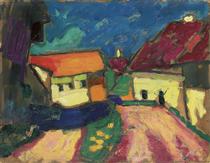
Moved to Munich

Jawlensky became interested in the art of French painters

For the next few years, he developed his own style
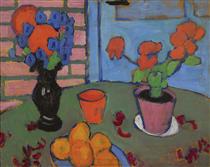
His first solo exhibition was held in Barmen

With the beginning of the war, he moved to Switzerland
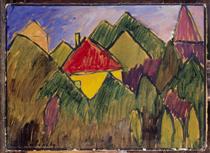
The Blue Four

"Degenerate Art"
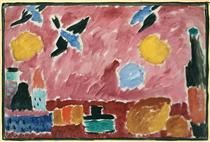
The death of the artist
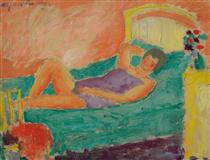
Alexej Jawlensky
On Artist
flow
Simbolism
Post-Impressionism
Fauvism
friends
Wassily Kandinsky
Franz Marc
Paul Klee
artists
Vincent van Gogh
Ferdinand Hodler
Paul Serusier
Emil Nolde
Henri Matisse
Ilya Repin
Anton Azhbe
By Artist
flow
Expressionism
friends
Wassily Kandinsky
Franz Marc
Paul Klee
Marianna Verevkina
Dmitry Kardovsky
Igor Grabar
Adolf Erbsloh
Gabriela Munter
Feininger Lionel
